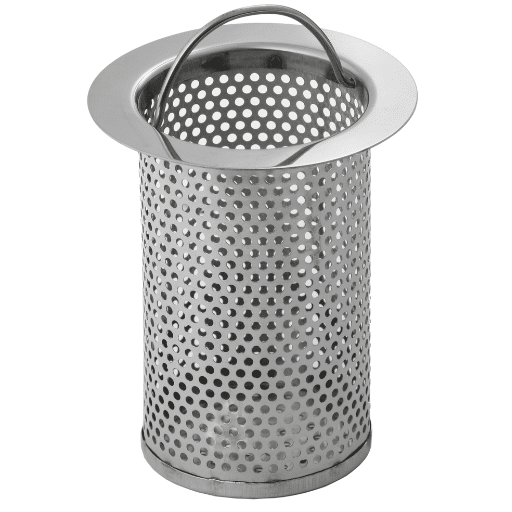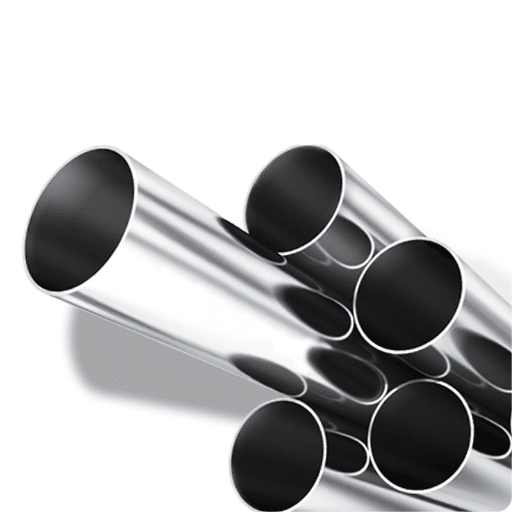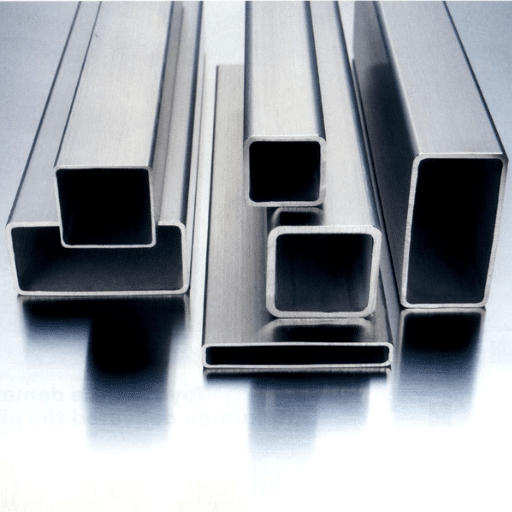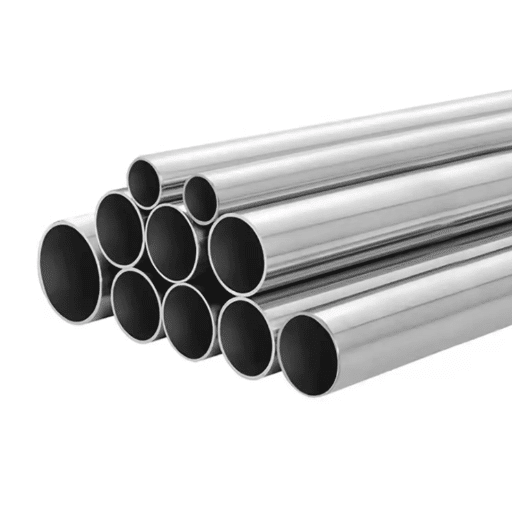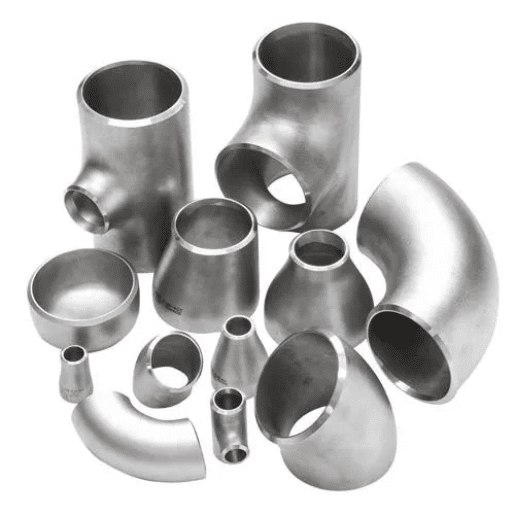The food/beverage, pharmaceutical, and biotechnology industries require the highest level of cleanliness and quality control in manufacturing. Sanitary stainless steel tubing is not just a convenience—it’s a necessity for ensuring production safety, avoiding contamination, and staying in compliance with industry standards.
Introduction to Sanitary Stainless Steel Tubing
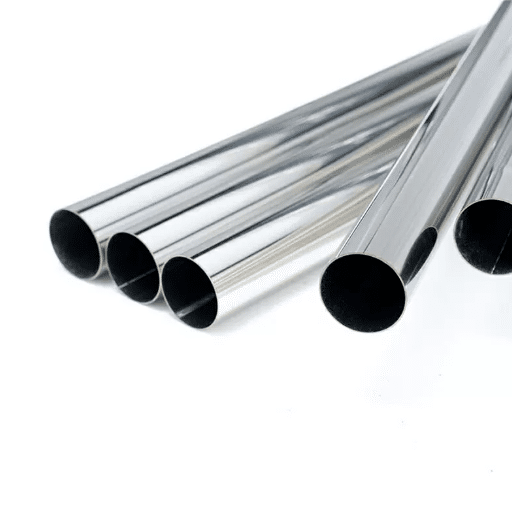
Industries such as food, beverage, pharmaceutical, and biotechnology emphasize the use of sanitary stainless steel tubing as a central component. This emphasis stems from the critical need for hygiene and product quality. These steel tubes operate under strict cleanliness standards, eliminating the probability of cross-contamination between liquids, gases, or solids.
Key Feature: The ultra-smooth and unblemished surface ensures no harboring of bacteria or other substances, guaranteeing products meet existing health standards.
What is Sanitary Stainless Steel Tubing?
Sanitary stainless steel tubing plays an important role in applications requiring high-quality, non-corrosive, sterilized tubing resistant to impurities and bacterial growth. It’s commonly found in:
- Food and beverage facilities
- Pharmaceutical production
- Dairy processing plants
- Biotechnology operations
The tubing is produced in conformity with high sanitation standards such as FDA, 3-A, and BPE. The tube’s perfectly smooth walls make it impossible for residues to stick or contaminants to breed. Moreover, it withstands intensive sterilization and cleaning processes, preserving and promoting product safety across industries.
Industry Standards: ASTM, ASME BPE, and 3A
| Standard | Primary Industry | Key Focus |
|---|---|---|
| ASTM | General Manufacturing | Specific dimensions, mechanical strength, corrosion resistance |
| ASME BPE | Biopharmaceutical | Cleanability, smooth finishes, hygienic fittings |
| 3A Standard | Food, Beverage & Dairy | Minimize contamination risks, effective cleaning |
These frameworks ensure global safety standards are met, translating health measures into specific equipment and production requirements. Such standards protect public interest while enabling proper, high-quality production.
Applications of Sanitary Stainless Steel Tubing
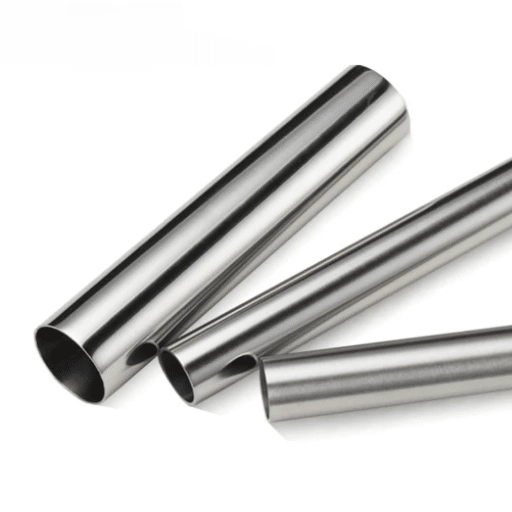
🍽️ Food & Beverage
Highly employed for conveying liquids like milk, juices, and beverages. The smooth, non-pitted surface reduces scum formation and eliminates cross-contamination possibilities.
💊 Pharmaceutical
Plays a crucial role in drug production and transportation. The tubing’s ability to withstand sterilization and maintain cleanliness is essential.
🧬 Biotechnology
Used in bioprocess engineering for transporting liquid biological solutions without risk of material spoilage or contamination.
🥛 Dairy Processing
Non-corrosive to dairy products and easy to clean, helping processors maintain requisite hygiene standards.
🍺 Breweries
Transports beer and spirits during production. Its durability ensures product integrity despite severe cleaning measures.
🥤 Beverage Industry
Essential for juice, soda, and other beverage manufacturing. Withstands heavy washing processes including CIP systems.
Pharmaceutical and Biotech Applications
- Transporting Sterile Fluids: Perfect for purified water, vaccines, and drugs requiring sterility packaging. Anti-corrosive nature prevents microorganism growth.
- Bioreactors and Fermentors: Offers advantages in heat retention, thickness, and hazard-free operation.
- Cleaning In Place (CIP) Systems: Allows sterilization and cleaning without component dismantling.
- Storage and Transportation: Unreactive with biopharmaceuticals, maintaining product quality during storage and transfer.
- High Purity Gases Distribution: Ensures specialty gases maintain purity and flow consistency for laboratory and production processes.
Benefits of Stainless Steel in Hygienic Environments
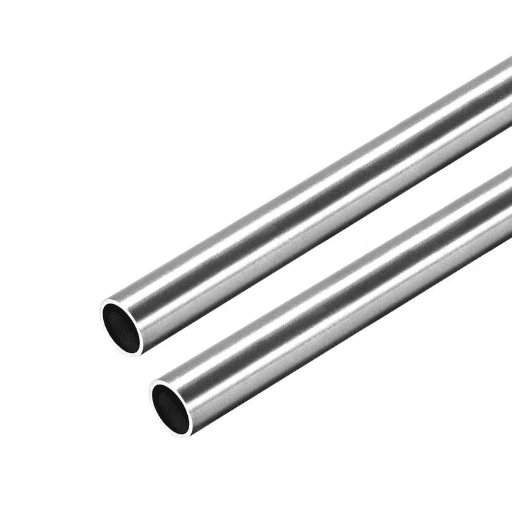
| Benefit | Description |
|---|---|
| Corrosion Resistance | High chromium content forms a protective oxide film, blocking moisture and oxidizing substances |
| Easy Cleaning | Smooth, non-porous surface resists microorganism colonies and simplifies maintenance |
| Durability | Can serve for many years with proper maintenance, making it cost-effective long-term |
| Chemical Resistance | Less prone to altering product quality or causing spoilage |
| Environmental Consciousness | Completely recyclable, supporting sustainability goals |
Key Qualities to Look for in a Supplier
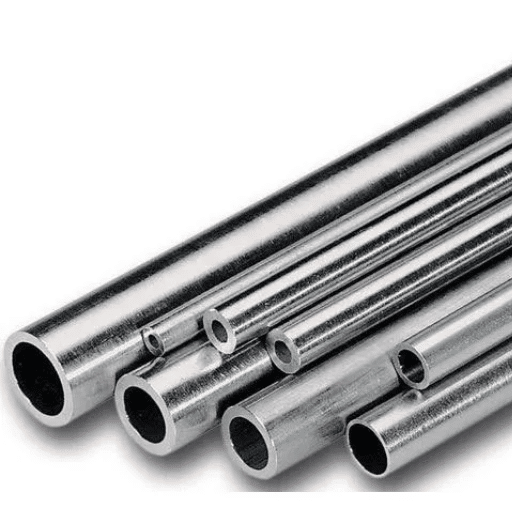
Essential Supplier Characteristics:
- Industry Compliance: Products meeting ASTM and ASME standards for safety, durability, and cleanliness
- Quality Track Record: Proven history of supplying corrosion-resistant, high-quality stainless steel
- Product Variety: Wide range of sizes, grades, and surface treatments available
- Documentation: Certificates of compliance and material tracking capabilities
- Customer Support: Fast, clear communication and reliable delivery
- Competitive Pricing: Fair quotes while maintaining quality standards
- Inventory Management: Consistent stock availability to prevent project delays
Compliance with ASTM A270 and Other Standards
ASTM A270 prescribes requirements for seamless and welded austenitic stainless steel tubing used in food production, pharmaceuticals, and biotechnology. This standard ensures:
- Compliance with hygienic and quality assurance requirements
- Reduction of potential contamination
- Product durability and performance
- Adherence to international regulations
ASTM A270 vs. ASTM A269: A270 ensures tubes are acceptable for sanitary conditions with lower tolerances for food-safe applications, while A269 covers general stainless steel production for non-critical conditions.
Choosing the Right Fittings and Accessories
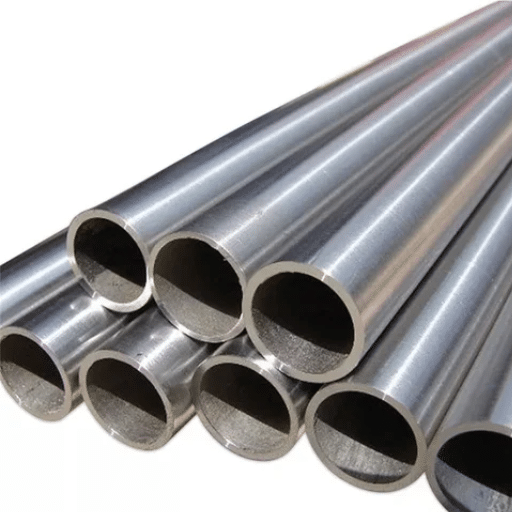
Understanding Tube OD and Fitting Compatibility
The tube’s outer diameter (OD) must match fittings precisely to create leak-free connections, especially critical in high-pressure systems or those handling expensive substances. Consider:
- Precise OD measurements for snug fitting
- Material compatibility for heat, pressure, and chemical exposure
- Standards compliance for system integrity
Importance of Clamps and Ferrules
Clamps and ferrules create tight, high-pressure connections in sanitary systems. They provide:
✓ Easy assembly and disassembly
✓ Food safety compliance
✓ Corrosion resistance
✓ Sanitation protocol adherence
Selecting Valves for Sanitary Processes
| Valve Type | Key Features |
|---|---|
| Butterfly Valves | FDA-approved materials, efficient flow control |
| Diaphragm Valves | Excellent for sterile applications, easy cleaning |
| Ball Valves | Quick shutoff, minimal pressure drop |
Pro Tip: Valves integrated with CIP (Clean-In-Place) or SIP (Sterilize-In-Place) processes ensure hassle-free maintenance and minimum downtime. Material should typically be 316L stainless steel for non-reactivity.
References
-
Sanitary Fittings and Tubing for Food Processors (PDF, Oklahoma State University)
This detailed document provides specifications for sanitary stainless steel tubing, including dimensions and applications in food processing.
Read more here -
Stainless Steel GTAW/TIG Fabrication (Columbia Gorge Community College)
This course material includes information on stainless steel fabrication, which is relevant for understanding tubing manufacturing processes.
Read more here -
Sanitary Waste and Vent Piping Division 22 (Illinois Mathematics and Science Academy)
This manual outlines the use of stainless steel in sanitary piping systems, including material specifications and applications.
Read more here
Frequently Asked Questions (FAQ)
Why should we use sanitary stainless steel in various processes in food and beverage industries?
sanitary stainless steel tubing supplier is essential in places where food and beverage is produced as it is not affected by corrosion and ensures that the equipment is hygiene at all times. The food-grade tubing is fully food safe as it is an alloy comprising of iron with chromium and other elements which complies with ASTM and ASME specifications. Finishing techniques enhance smooth surfaces and certain finishes such as bright annealed add an aspect of not allowing pathogens to grow making them perfect for these applications.
Is there any difference between ASTM A270 and ASTM A269 standards especially in relation to the Two tubing?
A270 standard has to do with making sure the tubes are acceptable for sanitary conditions or purposes, unlike A269 standard for the production of stainless steel in general. The A270 tubing is of lower tolerance and hence usually finds food safe applications, in contrast the A269 may be used in conditions which are not essential.
What are the standard sanitary tubing size options most widely sold by the sanitary manufacturers?
Different classes of sanitary pipes or variety of pipe walls are available in numerous sizes, the most common being over 1/2 inch in diameter and going up to more than some inches. Depending on the purpose of the installation, they are supplied in different heights of the same product with options of cut tubing for any particular requirement.
How is stainless steel sanitary tubing manufactured?
Stainless steel sanitary tubing is manufactured by alteration processes using stainless steel and contact processes of welding and finishing, composite metallic additives that pass the allowable limits of all types of chemical constituents in the tube material. The tubes are also tested for eddy currents and have a smooth finish of about 20 μ-in or less, all for the best sanitary conditions.
What are the sanitary connections that fit with stainless steel pipes? b Be sure to consult with a sanitary stainless steel tubing supplier for additional support?
There are different types of fittings used in fixing stainless steel tubes. These include Tri-clamp fittings, sanitary valves, and gaskets to name a few. These fittings help in the process of combining various parts of the sanitary system with integrity keeping in mind 3A and ASME BPE standards.
What is the standard wall thickness for sanitary stainless steel tubing?
The application and pressure requirements are the major determinants of the thickness of sanitary stainless steel tubing. In high-pressure applications, any tubing as a product, which has a wall thickness that meets the ASTM 270 and ASME norms is recommended for durability and other reasons.
What factor should I consider when selecting the surface finish of sanitary tubing?
To be able to choose the appropriate surface finish for sanitary tubing, it is important to understand the application and the hygiene needs of the process. In the food and beverage processes, several finishes are well known, but the most common and the most used are those such as bright annealing due to their smoothness, ease of washing and cleaning.
Why is a heat number important in the containment systems constructed off of sanitary stainless steel tubing?
It serves as a tracking and quality mechanism for those involved in the manufacture of stainless steel pipes. They associate this number with the mill lot of the pipes, thus enabling every sanitary stainless steel tubing supplier and consumer to check if all the specifications as per ASTM and ASME stand met, ensuring trust in the structures built using the pipes.

